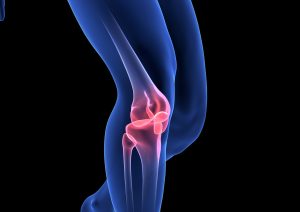Autologous Chondrocyte Transplantation
 This surgical procedure replaces damaged cartilage in the knee joint with healthy cartilage cells. These cells are harvested from healthy portions of the knee and are grown in a lab for implantation. This procedure is usually performed in two stages, with two separate surgeries.
This surgical procedure replaces damaged cartilage in the knee joint with healthy cartilage cells. These cells are harvested from healthy portions of the knee and are grown in a lab for implantation. This procedure is usually performed in two stages, with two separate surgeries.
Autologous chondrocyte transplantation (ACI) is most useful for younger patients who have single defects larger than 2 cm in diameter. ACI has the advantage of using the patient’s own cells, so there is no danger of a patient rejecting the tissue. It does have the disadvantage of being a two-stage procedure that requires an open incision. It also takes several weeks to complete.
Treatment
Autologous chondrocyte transplantation treatment is a two-step procedure. New cartilage cells are grown and then implanted in the cartilage defect.
First, healthy cartilage tissue is removed from a non-weightbearing area of the bone. This step is done as an arthroscopic procedure. The tissue which contains healthy cartilage cells, or chondrocytes, is then sent to the laboratory. The cells are cultured and increase in number over a three- to five-week period.
An open surgical procedure, or arthrotomy, is then done to implant the newly grown cells. The cartilage defect is prepared. A layer of bone-lining tissue, called periosteum, is sewn over the area. This cover is sealed with fibrin glue. The newly grown cells are then injected into the defect under the periosteal cover.
Recovery Time
After surgery, the joint surface must be protected while the cartilage heals. If the procedure was done on your knee or ankle, you may not be able to put weight on the affected leg. You will need to use crutches to move around for the first few weeks after surgery.
Your doctor may prescribe physical therapy. This will help restore mobility to the affected joint. During the first weeks after surgery, you may begin continuous passive motion therapy. A continuous passive motion machine constantly moves the joint through a controlled range of motion.
As healing progresses, your therapy will focus on strengthening the joint and the muscles that support it. It may be several months before you can safely return to sports activity.

